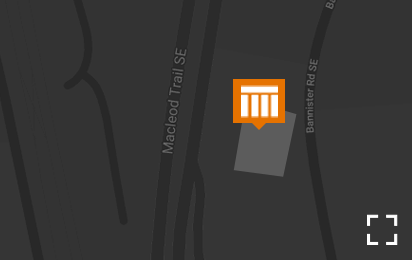Publication
Civil Trial Preparation: Part III
Civil Trial Preparation: Negotiating and Preparing an Agreed Book of Exhibits and Agreed List of Facts
This is the third article of a Civil Trial Preparation series addressing the topic of negotiating and preparing an Agreed Book of Exhibits and Agreed List of Facts for use at trial.
Modern day trials, whether in Provincial Court or the Court of Queen’s Bench, include an enormous number of documents. Further, the methodical process of introducing evidence at trial can be daunting for many litigants. However, once mastered, the process of introducing evidence is actually a fairly routine exercise.
In short, a party wishing to introduce a document as evidence at trial will first request permission from the Court to approach the witness to provide the document in question. Once the document is before the witness, the party will ask the witness some questions to establish the authenticity and reliability of the document. After the witness has acknowledged, identified and described the document, the party will pass the document to the Court Clerk and request that the Court permit the document to be marked as an exhibit.
Clearly, this process to introduce documents, repeated for each document, creates a significant strain on the already limited time parties have in front of the Court. Similarly, the process by which a Court receives the pertinent facts of a case can be time consuming. Often, several witnesses are required to prove a simple sequence of facts.
Therefore, in order to effectively use the time provided at trial, parties are strongly encouraged to prepare, in advance for the Court, an Agreed Book of Exhibits and an Agreed List of Facts. The time saved by preparation will streamline the trial and enhance the Court’s ability to provide an informed and fair decision on the matter at issue. This article describes the relevant rules, formats, and procedures involved with preparing an Agreed Book of Exhibits and an Agreed List of Facts.
1. An Agreed Book of Exhibits
Exhibits are documents referred to and relied on by a party that are put before a witness and accepted by the Court. Exhibits may be used in support of facts, subject to a weighting of their value by the Court.
As discussed above, the process for entering exhibits at trial can be tedious and can often bog down the flow of the trial. That being said, using an Agreed Book of Exhibits can help in two ways:
Firstly, it allows all parties and the Court to have the document in front of them while it is being verified by the witness. The Court needs only to flip to the respective tab that a party is referencing in the list to see the document.
Secondly, an Agreed Book of Exhibits helps limit authenticity questions, specifically for correspondence to be introduced as evidence. Typically, the parties can simply agree in advance that the documents are true copies of correspondence and that the production of such correspondence is evidence that it was sent and received as the documents disclose. Such an agreement is much simpler than having to establish the following at trial: the correspondence was sent by person “A”, and in separate questioning that it was received by person “B”, and then that the document was sent as appears before the Court.
In relying on an Agreed Book of Exhibits, parties can agree that nothing prevents them from introducing further exhibits, the contents of which might be contested. Regardless, parties should save as much time as they can by agreeing where at all possible, on matters before the Court.
2. An Agreed List of Facts
Rule 8.17 of the Alberta Rules of Court allows parties to agree to and assemble a numbered list of facts to be put before the Court. The process may sound simple, but the more time that parties can put into organizing and presenting this list, the more useful it will be to a Court.
One should particularly consider the ordering and organization of the facts - chronological is not always the best. Parties should strive to propose fair and balanced facts, so that an agreement can be reached more easily. However, even if agreement cannot be reached, a party may decide to serve a Notice to Admit Facts on the other party, in a similarly numbered form, under Rule 6.37 of the Alberta Rules of Court. It should be noted that the party served with such a Notice to Admit only has 20 days to deny or object to the respective fact(s).
Whether a party intends to rely on a few documents at trial, or thousands, using an Agreed Book of Exhibits is an effective tool to streamline the documentary evidence at trial. Similarly, an Agreed List of Facts allows the parties to avoid unnecessarily consuming time on facts that are neither pertinent nor disputed.
If you have questions about preparing an Agreed Book of Exhibits or an Agreed List of Facts for an upcoming trial, or would like further information regarding the preparation for trial, please contact the authors, Vik Mall at 403.254.3837 or any member of our Litigation & Dispute Resolution Group.
For the first article in this series, on ‘Witness Considerations in Preparation for Trial’ please click here.
For the second article in this series, on ‘Civil Trial Preparation: Relying on Audio, Video or Electronic Evidence’ please click here.
This article is intended to be an overview of trial preparations and is for informational purposes only. Readers are cautioned that this article does not constitute legal or professional advice and should not be relied on as such. Rather, readers should obtain specific legal advice in relation to the issues they are facing.

